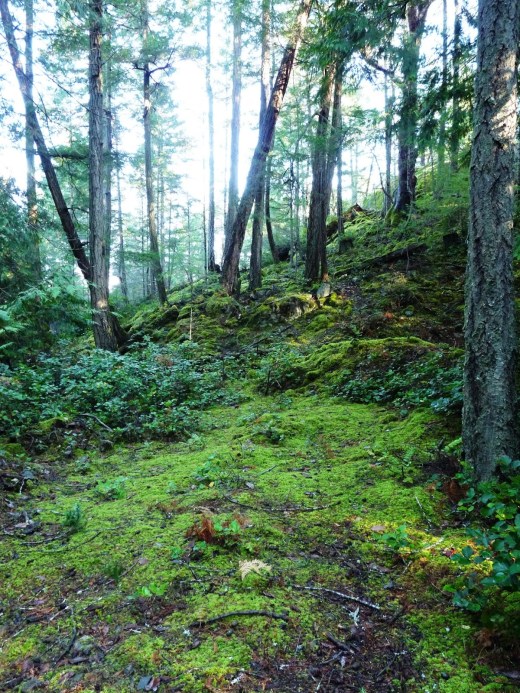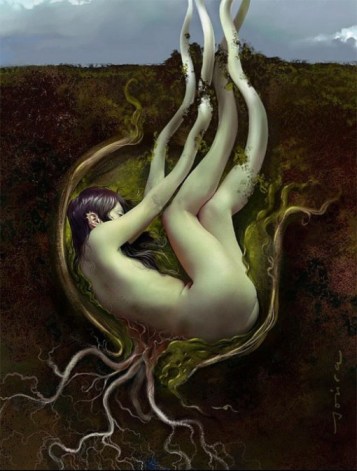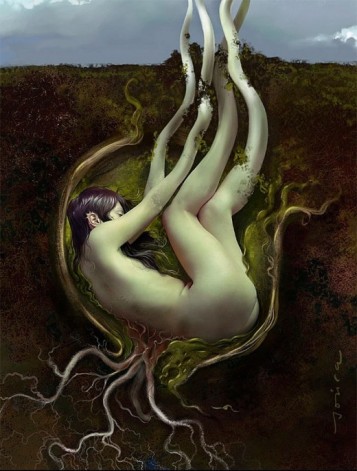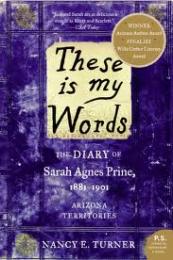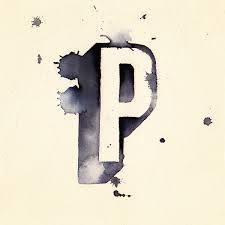 Not so long ago, I was fortunate to be able to take part in a weekend long workshop devoted to yoga. My first. The retreat was based around The Peaceful Warrior also known as Virabhadrasana. My dedicated teacher Sara explained to the group that these particular set of poses can teach: how to act with wisdom, courage, and cultivate a resolute focus. Oh, I thought, I’ll have some of that please! I was excited about the weekend ahead, as some of my favourite standing yoga asanas or postures include the different variations of the Warrior Pose; I’m also a huge fan of twisting poses especially Half Lord of the Fishes (but that’s another story!). Before we launched into the series of challenges ahead, Sara spoke to us about the origins of these beautiful postures, setting the scene wonderfully for a room full of very eager warriors!
Not so long ago, I was fortunate to be able to take part in a weekend long workshop devoted to yoga. My first. The retreat was based around The Peaceful Warrior also known as Virabhadrasana. My dedicated teacher Sara explained to the group that these particular set of poses can teach: how to act with wisdom, courage, and cultivate a resolute focus. Oh, I thought, I’ll have some of that please! I was excited about the weekend ahead, as some of my favourite standing yoga asanas or postures include the different variations of the Warrior Pose; I’m also a huge fan of twisting poses especially Half Lord of the Fishes (but that’s another story!). Before we launched into the series of challenges ahead, Sara spoke to us about the origins of these beautiful postures, setting the scene wonderfully for a room full of very eager warriors!
We got ourselves ready and I must say how good my new purple yoga mat looked amongst the rainbow coloured assortment that surrounded it. Purple, how lovely. A quick surreptitious glance around the room, confirmed that I was in the company of some very experienced yoginis, I had my work cut out for me! I did, however, feel very proud to part of a group of women, who were not only willing to challenge their bodies BUT also their minds, ideas, and egos. Being, what I would consider a complete-beginner, I found myself staring at a 60 something year old woman as she threw herself into her first pose with such gusto, and then when I spotted a fresh faced 20 something year old put a carton of coconut water beside her mat, I knew I was only a baby in the world of yoga, so much to learn, so much to try and where to begin? At least I was trying, right? I even had a DVD at home – the latest ten-minute solution to my daily yoga needs – but by golly the DVD didn’t have anything like the poses Sara was putting us through.
After only four asanas, I was sweating profusely willing my yoga-buddy next to me to pass the coconut water! Telepathy it seemed would be for another day. I reassured myself that I wasn’t just there to stretch, bend, flex and contort my body; I was also there to let go and give my ego permission to go sit in the corner for a bit and let me just be. So I continued to stretch, bend and sweat! And then some. Sara explained and demonstrated the position we should find ourselves in and then walked around the room making minor adjustments to us females who needed it; no DVD could ever, not in a million years, be equal to having a real guru show us how it was done. Sara, not only imparted her knowledge to us, but her presence was like a light guiding us along the path to spiritual freedom and confidence. She was also very kind, opened the window several times and offered us fresh water straight from the tap in her kitchen! Yes, please! Being part of such a mixed group made no difference at all and that’s exactly what I love about yoga, it is completely available to anybody who is willing to accept it, regardless of age, ability or creed. In actual fact, I think it is the daily practice of yoga that keeps us truly young not just physically but especially young at heart; my favourite type of young – as far as I’m concerned much more important than fighting the yearly appearance of crow’s feet, or stray sliver-grey hairs.
That day in February, the room was full of Peaceful Warriors each of us willing to invite wisdom into our daily lives. I’m aware of and often talk with other women about just how hectic modern life is; inevitably leading to unbalance -physically, emotionally, mentally and spiritually. But at least I am, we are, trying to re-address these aspects of our lives and that can only be a good thing. Otherwise, not only will continue to hold unnecessary tension in our bodies but our actions too. We will never find our centre but remain off-centre. I know which I aspire to.
If I was to sum up the overall effects my retreat afforded me it would this: Comfort. Being part of this class re-assured me no end; I was amid a group of Peaceful Warriors on our journey to enlightenment. A journey we are all on – destination unknown. A friend of mine (not a yoga practitioner) asked me, “Why is there a Warrior Pose in yoga? Isn’t yoga the practice of nonviolence?” And yes, I can understand her confusion somewhat, but I explained that the Warrior Poses can teach us about bringing wisdom into our every day actions. The idea being that the more it is practiced the chances are quite high that the heart of a peaceful warrior will emerge and reveal itself.
Our world needs powerful women both in spirit and in mind. We need young, vibrant women who will take inspiration from older women; we need mothers who will nurture and rear children who will become the citizens of a future world where each person will be a Peaceful Warrior. We need older ladies and grandmothers who will impart their wisdom and help teach us that in the end we must all strive to become the change we wish to see in the world. And that it doesn’t matter how old you are, if the mind is willing the body will follow. And stretch. And bend. And sweat.
Nameste.



